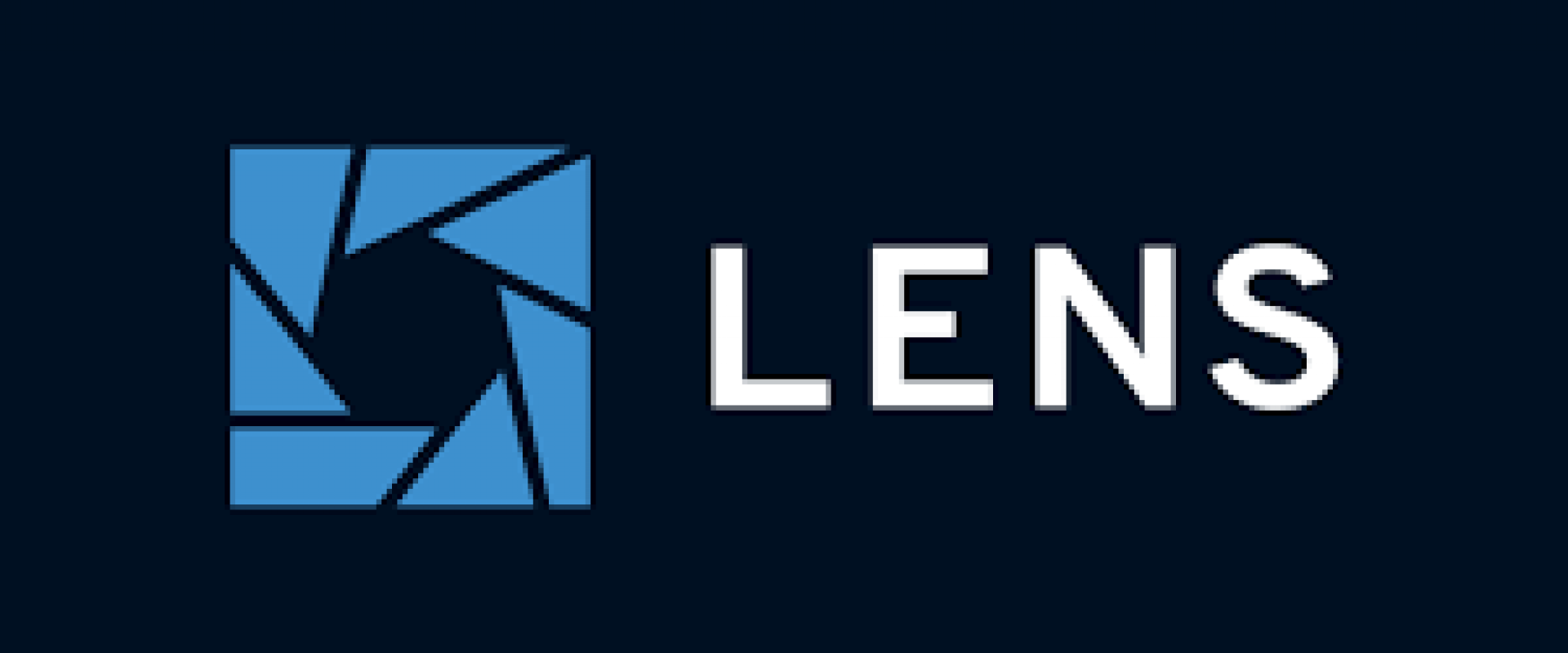5 Kubernetes Lens Alternatives

Let's review Kubernetes Lens and consider five great tools that can serve as alternatives.
What Is Kubernetes Lens?
Lens is an open-source integrated development environment (IDE) that allows users to connect and manage multiple Kubernetes clusters on Mac, Windows, and Linux platforms. It provides a feature-rich, intuitive graphical interface that allows users to deploy and manage clusters directly from the console.
Kubernetes Lens provides built-in dashboards that provide key metrics and insights into resources running on a Kubernetes cluster, including deployment, configuration, networking, storage, access control, and custom resources.
Lens was originally developed by Finnish tech startup Kontena. In 2020, it was acquired by Mirantis and released as an open-source project under the MIT license.
Kubernetes Lens Alternatives
Kubernetes Dashboard
- Kubernetes Dashboard on GitHub
- License: Apache License 2.0
The Kubernetes Dashboard, shipped with the core distribution of Kubernetes, is one of the most popular and mature GUI clients for Kubernetes. It is a web-based UI that provides an overview of workloads running on a cluster, and lets users create or modify individual Kubernetes resources. Its visualization and filtering capabilities are limited compared to other solutions like Lens and Octant, and it does not support organizing resources by tags.
To use the Kubernetes Dashboard, users need to install it in a Kubernetes cluster and handle user login and access rights issues. Setting up the relevant authentication for the web host UI is complex — the default setup requires dashboard users to supply a token or upload a KubeConfig file.
Istio
- Istio GitHub
- License: Apache License 2.0
Istio is an independent, open-source service mesh technology that allows developers to connect, secure, control, monitor, and run distributed microservices architectures (MSAs) regardless of platform, origin, or vendor.
Istio helps developers overcome the loss of observability and interaction control that comes with a growing number of microservices. It can also be instrumental in securing Kubernetes and preventing unauthorized access to microservices.
Istio manages service interactions for container and virtual machine (VM)-based workloads. Together with Kiali, an open source visualization tool, Istio can be used to visualize Kubernetes cluster workloads, interactions between them, and their network communication.
Octant
- Octant GitHub
- License: Apache License 2.0
Octant is a tool that helps developers to understand how their applications run on Kubernetes clusters. It provides a combination of self-examination tools, cluster navigation, and object management, together with a plug-in system to further extend its capabilities.
Key features include:
· Resource viewer — graphically visualizes the relationships between objects in a Kubernetes cluster. The health of individual objects is colored to indicate workload performance.
· View overview — a single page with consolidated status and configuration information, aggregated from the data found in the outputs of kubectl commands.
· Port forward — allows debugging applications by forwarding local ports to running pods and forwarding multiple pods between namespaces.
· Log stream — displays log streams from pods and containers for troubleshooting and monitoring, without opening multiple terminals.
· Label filter — configures a workload with label filtering to inspect clusters that have many objects in one namespace.
· Cluster exploration — ability to change namespaces or contexts between different clusters, with support for multiple kubeconfig files.
· Plugin system — an extensible plugin system that allows users to provide additional functionality via gRPC. Plugin authors can add components on top of existing views.
Rancher Dashboard
- Rancher Dashboard on GitHub
- License: Apache License 2.0
Rancher is a popular Kubernetes multi-cluster management solution, which includes the Rancher Dashboard, a stateless client for the Rancher API built with Vue.js and Nuxt. It is built and packaged as a folder of static HTML/CSS/JS files bundled with the Rancher release.
The Rancher Dashboard shows all Kubernetes object types, namespaces and operations that the logged in user has access to. All default views are raw YAML from the Kubernetes API, which can also be organized in tabular form for list pages. It lets users graphically edit resources instead of editing YAML, by customizing table columns and their format.
Skooner
- Skooner on GitHub
- License: Apache License 2.0
Skooner is a Kubernetes dashboard with configuration views, workload views, management and YAML editing directly in the UI.
Key features include:
· Cluster management — including namespaces, nodes, pods, replica sets, deployments, storage, and RBAC.
· Fast updates — shows up-to-date cluster status without refreshing the page.
· Visualize cluster health — real-time graphs let users quickly identify degraded resources.
· Easy CRUD and extensions — inline API documentation allows users to easily understand what each field does.
· Responsive design — runs seamlessly on mobile phones and tablets..
· OpenID integration with no special proxy required.
· Easy installation — it is possible to deploy Skooner in less than a minute with a few YAML resources.
Conclusion
In this article, I introduced Kubernetes Lens and reviewed 5 great tools you should consider as alternatives:
1. Kubernetes Dashboard — the classic dashboard included with the core K8s distribution
2. Istio — a popular service mesh solution that enables visualization when combined with Kiali
3. Octant — a full-featured observability and troubleshooting solution
4. Rancher Dashboard — the built-in dashboard in the open source Rancher Kubernetes distribution
5. Skooner — a lightweight Kubernetes dashboard solution
I hope this will be useful as you level up your Kubernetes observability toolset.
We ZippyOPS, Provide consulting, implementation, and management services on DevOps, DevSecOps, Cloud, Automated Ops, Microservices, Infrastructure, and Security
Services offered by us: https://www.zippyops.com/services
Our Products: https://www.zippyops.com/products
Our Solutions: https://www.zippyops.com/solutions
For Demo, videos check out YouTube Playlist: https://www.youtube.com/watch?v=4FYvPooN_Tg&list=PLCJ3JpanNyCfXlHahZhYgJH9-rV6ouPro
Relevant Blogs:
Dockerizing a MERN Stack Web Application
Recent Comments
No comments
Leave a Comment
We will be happy to hear what you think about this post